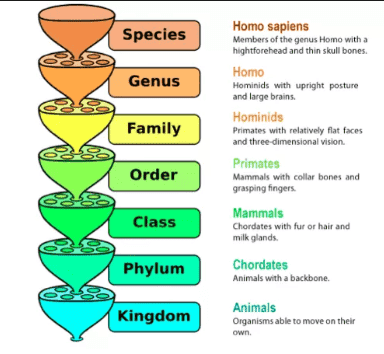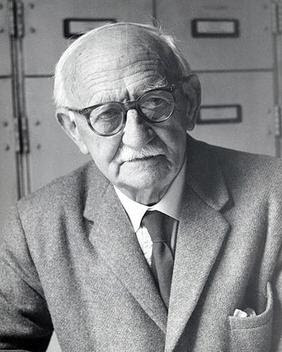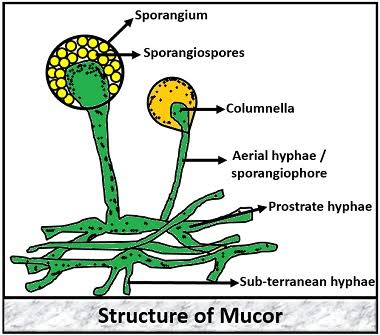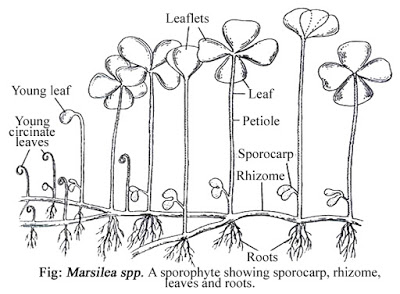Mitosis is divided into the following 4 sub stages.
1. Prophase
2. Metaphase
3. Anaphase
4. Telophase
The chromatin network starts to coil and each chromosome becomes distinct as long thread like structure. Each chromosome at this stage has two chromatids that lie side by side and held together by centromere. The nucleus gradually disappears. The nuclear membrane also starts disappearing.
Also read - Meiosis and it's significance
The disappearance of nucleolus and nuclear membrane marks the beginning of metaphase. The chromosomes become shorter by further coiling. Finally, the chromosomes become distinct and visible under the compound microscope. Thec chromosome orient themselves in the equator of the cell in such a way that all the centromeres are arranged in the equator forming metaphase plate or equatorial plate. Out of the two chromatids of each chromosome, one faces one pole and the other one faces the opposite pole. On that time spindle fibres arising from the opposite poles are seen attached to the centromeres. The fibres are made up of proteins rich in sulphur containing amino acids.
At late metaphase, the centromeres divide and now the chromatids of each chromosome are ready to be separated.
Division of centromere marks the beginning of anaphase. The spindle fibres start contracting and this contraction pulls the two groups of chromosomes towards the opposite poles. As the chromosomes move toward opposite poles they assume I or V or J shaped configuration with the centromere proceeding towards the poles with chromosome arms trailing behind. Due to the variable position of centromere , chromosome have variable shapes.
Chromosomes reach the opposite poles after the ends of anaphase stage and they uncoil, elongate and become invisible and thin. The nuclear membrane and the nucleolus reappear. Thus, 2 daughter nuclei are formed, one at each pole.
Also read - Cell division or Cell Cycle
The division of the cytoplasm is called cytokinesis and it follows the nucleard division by the formation of cell wall between the two daughter nuclei. At the ends of mitosis, two identical similiar daughter cells are formed.
1. As a result of mitosis two daughter cells which are identical to each other and identical to the mother cell are formed.
2. Mitotic cell division confirm that the daughter cells possess a genetical identity, both qualitatively and quantitatively.
3. Mitosis forms the basis of continuation of organisms.
4. Asexual Reproduction only possible by mitosis in lower plants.
5. Vegetative reproduction in higher plant by grafting, tissue culture methoda are also a consequence of mitosis.
6. Mitosis is the common method of multiplication of cells that helps in theg growth and development of multi- cellular organism.
7. Mitosis helps in the regeneration of lost or damaged tissue and in wound healing.
8. The chromosomal number is maintained constant by mitosis for each species.
 |
| Source wikipedia |
1. Prophase
2. Metaphase
3. Anaphase
4. Telophase
 |
| Source wikipedia |
1. Prophase
The chromatin network starts to coil and each chromosome becomes distinct as long thread like structure. Each chromosome at this stage has two chromatids that lie side by side and held together by centromere. The nucleus gradually disappears. The nuclear membrane also starts disappearing.
Also read - Meiosis and it's significance
2. Metaphase
The disappearance of nucleolus and nuclear membrane marks the beginning of metaphase. The chromosomes become shorter by further coiling. Finally, the chromosomes become distinct and visible under the compound microscope. Thec chromosome orient themselves in the equator of the cell in such a way that all the centromeres are arranged in the equator forming metaphase plate or equatorial plate. Out of the two chromatids of each chromosome, one faces one pole and the other one faces the opposite pole. On that time spindle fibres arising from the opposite poles are seen attached to the centromeres. The fibres are made up of proteins rich in sulphur containing amino acids.
At late metaphase, the centromeres divide and now the chromatids of each chromosome are ready to be separated.
3. Anaphase
Division of centromere marks the beginning of anaphase. The spindle fibres start contracting and this contraction pulls the two groups of chromosomes towards the opposite poles. As the chromosomes move toward opposite poles they assume I or V or J shaped configuration with the centromere proceeding towards the poles with chromosome arms trailing behind. Due to the variable position of centromere , chromosome have variable shapes.
4.Telophase
Chromosomes reach the opposite poles after the ends of anaphase stage and they uncoil, elongate and become invisible and thin. The nuclear membrane and the nucleolus reappear. Thus, 2 daughter nuclei are formed, one at each pole.
Also read - Cell division or Cell Cycle
5.Cytokinesis
The division of the cytoplasm is called cytokinesis and it follows the nucleard division by the formation of cell wall between the two daughter nuclei. At the ends of mitosis, two identical similiar daughter cells are formed.
Significance of Mitosis
1. As a result of mitosis two daughter cells which are identical to each other and identical to the mother cell are formed.
2. Mitotic cell division confirm that the daughter cells possess a genetical identity, both qualitatively and quantitatively.
3. Mitosis forms the basis of continuation of organisms.
4. Asexual Reproduction only possible by mitosis in lower plants.
5. Vegetative reproduction in higher plant by grafting, tissue culture methoda are also a consequence of mitosis.
6. Mitosis is the common method of multiplication of cells that helps in theg growth and development of multi- cellular organism.
7. Mitosis helps in the regeneration of lost or damaged tissue and in wound healing.
8. The chromosomal number is maintained constant by mitosis for each species.














0 Comments
If you have any query let me know.